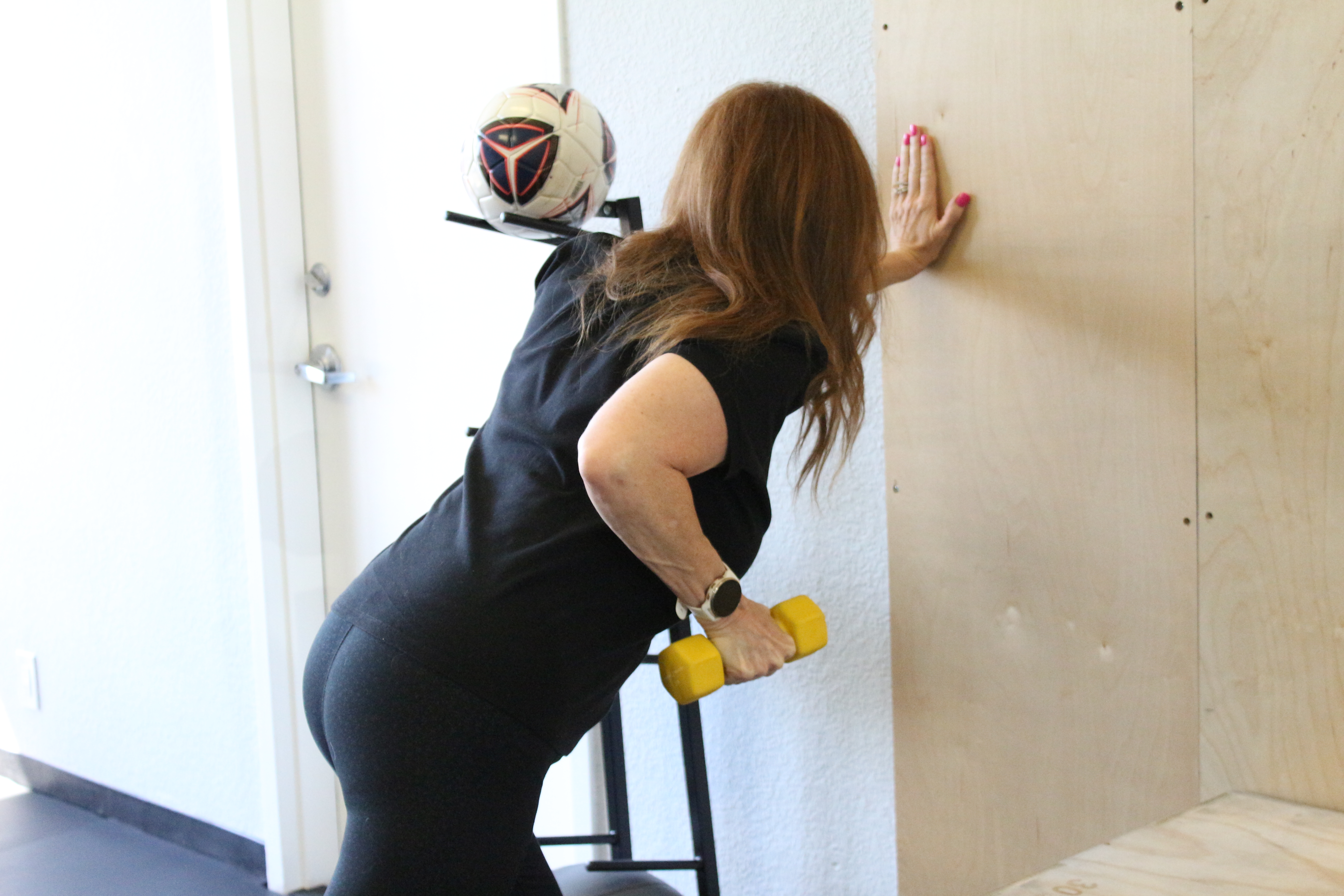“That’s just bad math,” my physics professor told me as I struggled to finalize a lengthy equation for calculating potential energy in one of our laboratory experiments. “Use PEMDAS,” she chirped at me, slightly annoyed. I recalled the fourth-grade lesson on multiplying numbers of more than two digits, long division, and the introduction of the dreaded parentheses and exponents. This simple lesson empowered me to sit back down at my desk, rewrite the equation, and produce the correct answer by solving what was inside the parentheses, then apply my exponents, and multiply and divide from left to right. After I submitted the laboratory experiment and received full credit, I can still recall today that accomplishing tasks in the incorrect order led to inefficiency and, ultimately, an undesirable result. I always wanted to avoid scenarios that were caused by “bad math.” Completing the correct order of operations is also crucial to achieving a successful exercise session.
During my time at Napa College, I needed to take a few extra prerequisites to apply to physical therapy school. It just so happened that general physics was one of the courses. That course equipped me with the necessary tools to understand angles in force production and double-checked my work as I slogged through the challenging math equations. Similar to the teachings of Professor “Bad Math,” the services we offer to our personal training clients involve checking their work. As fitness professionals, we play a crucial role in guiding our clients’ exercise prescriptions, ensuring they are completed in the most efficient order to elicit the most optimal outcome possible from a bout of exercise.
Exercise sessions consisting of rigorous movements are complex and require concentration and focus. The body produces a symphony of thoughts, feelings, and actions that transmit signals to our muscles via neurological electrical impulses traveling from our brain to our spinal cord and eventually to motor neurons to make our body move in a desired physical task. Allocating time at the beginning of an exercise session to priming up this neurological response enhances the coordination of the brain to muscle function. Ligaments, tendons, and skeletal muscle also function from oxygenated blood flow and carbohydrate delivery. Without an efficient signal of neuromuscular coordination and muscle-fueling substrates delivered by the blood, we are more likely to achieve a suboptimal outcome from an exercise session. We must strive to avoid “bad math” in our exercise efforts, as it can lead to inefficiency and undesirable results. To achieve an optimal result in our training sessions, understanding the order of operations and the modes of exercise to perform throughout each session can’t be understated.
Below is a simple and practical example of our form of PEMDAS that we use to coach our personal training clients to ensure they achieve an optimal outcome from their training sessions:
- Start with a dynamic stretching routine: The body needs to slowly increase the amount of neuromuscular synapses, increase the heart’s beats per minute, and psychologically enter a mode of rigorous intensity throughout a workout session. We don’t want to immediately step into a maelstrom of struggle by lifting weights, running, or putting ourselves in compromised positions requiring substantial energy expenditure and concentration. Instead, start with five to ten repetitions that warm up the body’s major muscles, such as moving the shoulder joints, lower back, hips, knees, and ankles.
An example of an upper and lower extremity dynamic stretching routine might include:
Supinated Arm Crossing Stretch: Lift your arms to armpit level. Rotate your palms upward, perform a crossing motion across your chest, and reverse the motion to abduct your arms away from the midline of your body. Repeat the motion once you feel a slight stretch in the pecs, shoulders, and biceps for five to ten repetitions.
- “Pendulum” Stretch: Find a stable surface to lean forward and place your hands on, such as a wall or post. Bring an extended leg slightly in front of your body with your toe pointed forward. Gently swing your leg to the inside of your body and then again to the outside of your body. You should experience a slight stretching sensation in your inner thigh region. Repeat this movement for five to 10 repetitions on both legs.
- Perform compound-resistant training techniques before simple movements: Movements in which force is produced from multiple joints are considered compound movements. Examples for the lower body include squats, lunges, or step-ups. Upper body compound movements include push-ups, chest press machines, or bench press. These movements require a concentrated and intense stress response in the muscles. Due to their advanced requirements of energy expenditure, concentration, and focus while in a compromised position, compound movement should be conducted before more simple movements.
- Perform assistance movements last: Assistance movements that require only one joint of the body to move throughout resistance should be performed later. Exercises such as dumbbell biceps curls or cable triceps press-downs don’t require substantial focus and energy expenditure, so they can be performed after the more concentrated resistance training movements.
Exercise is meant to offer a form of productive stress so the body can become stronger and more resilient to the demands of everyday life. However, ensuring exercise in a safe and effective environment takes planning. By following a safe and effective order of operations when exercising, we can get a positive and desirable outcome from our exercise sessions.
Sean McCawley, the founder and owner of Napa Tenacious Fitness in Napa, CA, welcomes questions and comments. Reach him at 707-287-2727, napatenacious@gmail.com, or visit the website napatenaciousfitness.com.

